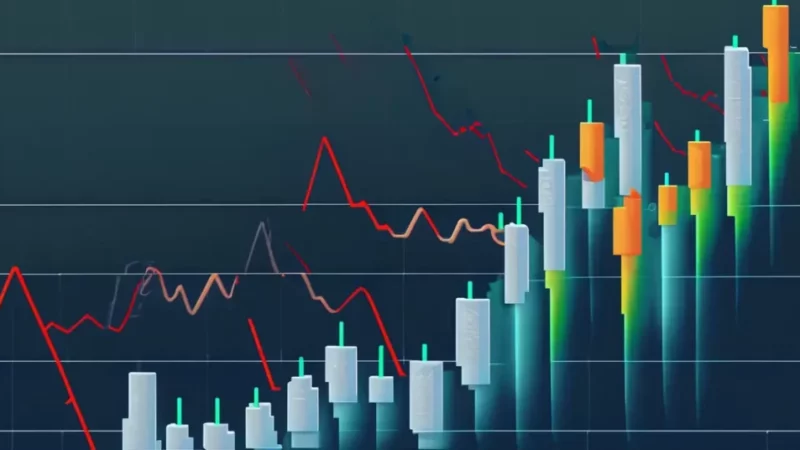Growth Ecosystem, King Of Cross-Chain Decentralized Farming Announces Launch On Avalanche
Growth Ecosystem, a primary DeFi cross-chain farming protocol, has finally launched on Avalanche, one of the world’s fastest-growing blockchain ecosystems. The Growth Ecosystem launched on November 13, with a revolutionary new hybrid bridge system for its incentives token, $WHEAT, as well as a self-repaying loan feature for its overcollateralized stable coin, $MOR on Avalanche.
WHEAT is the Growth DeFi ecosystem’s incentive token, and it can be farmed organically by staking WHEAT, GRO, or MOR. It also plays an essential role in Growth DeFi’s new hybrid bridge product. According to the announcement post by Growth DeFi, the WHEAT hybrid bridge was created to serve both WHEAT holders and the Growth DeFi protocol. The hybrid bridge aligns incentives between WHEAT holders on different chains and provides self-adjusting incentives based on market demand to each chain. For example, users can use the hybrid bridge to exchange WHEAT from BSC to Avalanche and vice versa based on the USD prices of each token.
The hybrid bridge is funded by roughly 10% of Avalanche’s daily emissions and would be updated regularly to reflect price changes in both the BSC and Avalanche ecosystems. The WHEAT hybrid bridge is an important feature that adds value to WHEAT holders on Avalanche because it aids supply reduction through arbitrage, increases yield generating assets, and provides very high APY’s on the Avalanche chain.
With the launch of the Growth DeFi ecosystem, all of its features, including the newly implemented hybrid bridge and the concept of self-repaying loans for MOR and xJOE leverage farming, will be carried over to Avalanche. MOR is a Growth DeFi overcollateralized stablecoin that allows users to earn yield while borrowing and leveraging yield farming positions for LPs and single assets. The Growth DeFi team explained that the concept of MOR self-repaying loans was created with the Avalanche launch in mind. MOR collects higher performance fees on yield earned and converts them to USDC.e, injected into a secondary Peg-Stability Module (PSM), which converts the high-performance fees collected in USDC.e back to MOR.
By lending through Banker Joe on Avalanche, the injected USDC.e earns yield, making the self-repaying mechanism profitable for both users and the Growth DeFi protocol. Self-repaying loans would be available for all collaterals, including AVAX/WBTC, JOE, and AVAX/ETH. The self-repaying mechanism also contributes to MOR’s status as a stablecoin by generating a daily direct flow of USDC.e into the PSM, making the process of borrowing and redeeming MOR much easier for users.
Growth DeFi also recently announced a significant partnership with Trader Joe, the leading DEX on Avalanche. As a result, JOE users will be the first to benefit from the new MOR self-repaying protocol. The announcement also stated that LP providers could leverage their capital up to three times to increase farming yields. Furthermore, LP holders will benefit from the increased volume flow generated by MOR for Trader Joe. As part of the celebration of this newly formed integration with Trader Joe and the Avalanche ecosystem as a whole, Growth DeFi also announced an airdrop for xJoe holders who successfully passed their short quiz. The top 100 would receive $500 in xJoe, the top 1000 would receive $75, and the remaining winners would receive $5.
The launch of the Growth DeFi protocol on Avalanche, as well as the implementation of new mechanisms such as the HYbridge for WHEAT and the self-repaying loan for MOR, indicate that there are many more positives to come from the partnership between DeFi’s leading cross-chain farming protocol and one of the fastest-growing blockchain ecosystems Avalanche, further incentivizing and adding value to DeFi.




